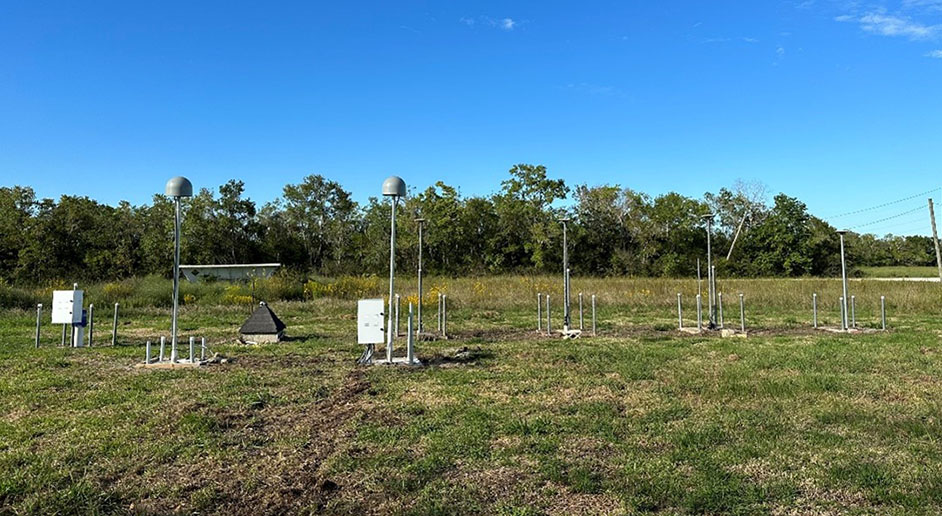Findings Impact Sea-Level Predictions, Coastal Flood Evaluations, Infrastructure and Wetland Management, and Climate Resilience Strategies

A journal article published by University of Houston Department of Earth and Atmospheric Sciences researchers highlights a significant, yet often overlooked, environmental concern – permanent losses in land surface elevation due to inelastic compaction of expansive soils during prolonged droughts. The findings appeared in Geophysical Research Letters.
The study, led by geophysics Ph.D. student Jennifer Welch, along with Professor Guoquan (Bob) Wang and four collaborators, utilized a decade of GPS data from the University of Houston Coastal Center. The team observed notable land elevation loss during dry summers.
This phenomenon is primarily attributed to the inelastic compaction of expansive soils, widely distributed along the Texas coastal area.
“It presents a novel challenge in evaluating coastal flooding risks and sea-level rise projections,” Wang said. “The research underscores the urgent necessity to incorporate this factor into coastal infrastructure planning, wetland conservation efforts, and climate adaptation strategies.”